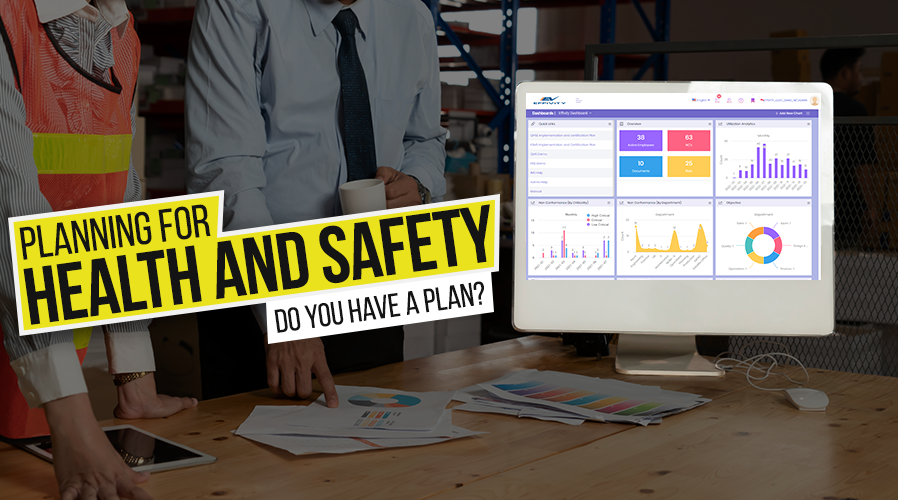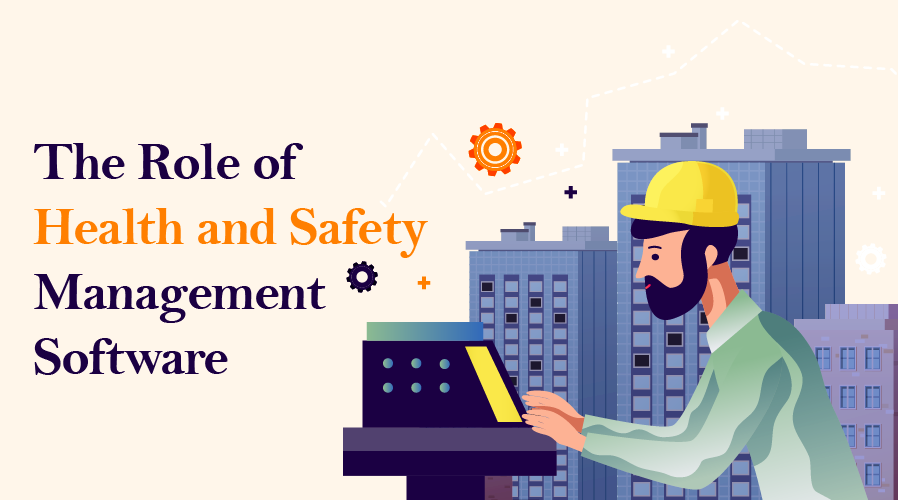
When you implement ISO 14001, you will have numerous challenges to keep the project on target. You can maintain progress toward implementation goals by managing these challenges. If you implement the five elements listed below, you will be able to meet challenges that might come up and improve your chances of successfully implementing ISO 14001.
1) Where to begin
An EMS (environmental management system) implemented as per ISO 14001 would be different for every company, so there’s no specific place to begin. The EMS must be implemented for company specifics to be deemed successful. This means you need to address the environmental interactions and processes unique to the company. Using a standard set of procedures or policies simply won’t work.
It is therefore a good idea to begin with a gap analysis, comparing the environmental management processes currently used what is required by ISO 14001. This will quickly show you what you need to do to become completely compliant. From the list of gaps identified you can easily develop an accurate budget and timeframe needed to implement the missing pieces in order to eliminate the gaps. This will put you on a sound foundation to begin implementing ISO 14001 and not get surprised by things that you could have expected, and therefore avoided.
2) Support from Management
It is very difficult, if not impossible, to reach ISO accreditation without management supporting you. While it could theoretically be done with minimal support from management (you will for example at least need management review), maintaining the EMS without management behind you will almost certainly fail. Management should understand that they have to invest in adequate resources (i.e. human resources and money) and should assist in overcoming any roadblocks.
3) The basics
Many elements of an EMS are built on 4 basic elements and these should be put in place first:
- Legal: You can only achieve legal compliance if you identify and understand the environmental legislation that applies to your company. Your environmental management system should then be built to support this.
- Policy: The Environmental policy must come from top management and it should outline the overall direction and intentions of how the company will manage its effect on the environment.
- Objectives, Action Plans & Procedures: Once the legal requirements, environmental policy, and environmental aspects have been implemented and are managed, objectives, action plans, and procedures can be developed. These should all focus on improving how your company impacts on the environment. This is after all the main reason why an EMS is implemented to begin with.
- Aspects: Your company’s environmental aspects are the ways in which your processes interact with the environment. This interaction could be positive or negative. Understanding the aspects is a cornerstone of any EMS that has been designed to meet the requirements of ISO 14001.
4) Your EMS representative
It is a requirement of ISO 14001 to have a member of top management being responsible for the environmental management system. This is a good idea since this person becomes the channel through which top management finds out how the EMS is performing, what resources are required, and what improvements have to be made. Selecting the right person for this function enables you to build on the support management provides. If the person in this role is ineffective however, it can cause trouble and delays.
5) Gain knowledge
If you are implementing ISO 14001 for the first time, you will have to find ways to acquire the knowledge you need to implement your EMS successfully. There are four options:
- Use a consultant: You can also hire a consultant to do everything for you. While this will be faster, it will also cost a lot more. There is also the danger that the consultant would take much of the knowledge about your EMS with them if you decide to no longer use them. This will make it difficult for you to maintain your EMS afterwards. If you decide to go this route, learn everything you can from the consultant.
- Use outside help: You could decide to implement your EMS on your own as described in point 1, but use some outside resource to ease the job. This may be using a consultant to help, or by using online resources to make the job easier.
- Use your own employees: If you do this, you will have to find suitable training for both yourself and your colleagues. The training should be of such a level that you can ensure you don’t miss anything while implementing. You could use local training companies, or find tools such as templates and tutorials online.
- Use MyEasyISO: Using the MyEasyIso system to implement your EMS gives you the best of both worlds. You can use your own employees to implement the EMS, but at the same time, you will be building on the combined knowledge of our developers who have years of industry experience. ISO 9001 quality management systems (QMS) are implemented using MyEasyISO software in Edinburgh (Scotland), while ISO 14001 & OHSAS 18001 Health Safety Management Systems (HSE) are implemented with MyEasyISO in Venice (Italy).
These elements will help you succeed
Putting these five elements in place as a start will assist you in identifying any problems early on, ensuring that your implementation runs smoothly with a minimum of delays. Planning well will make your implementation a breeze.











